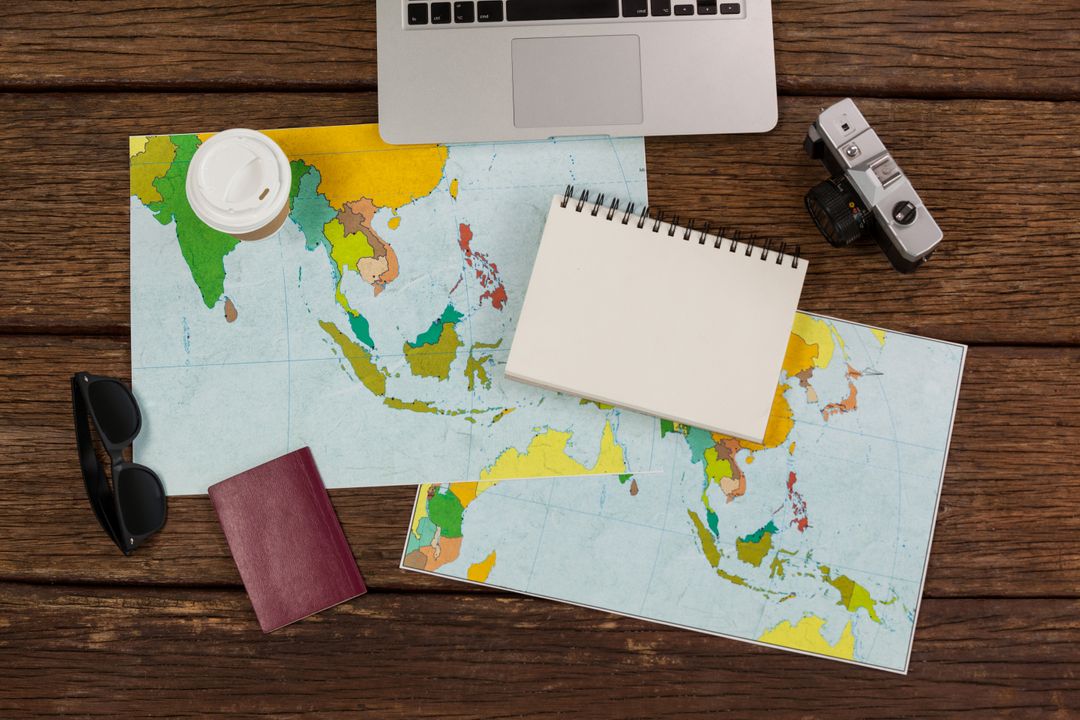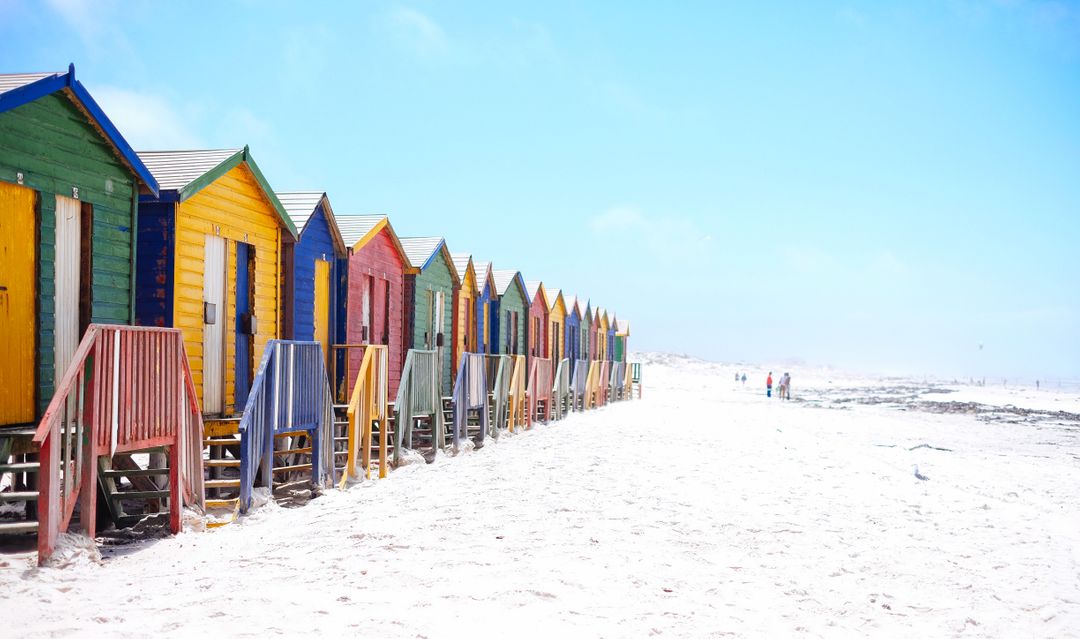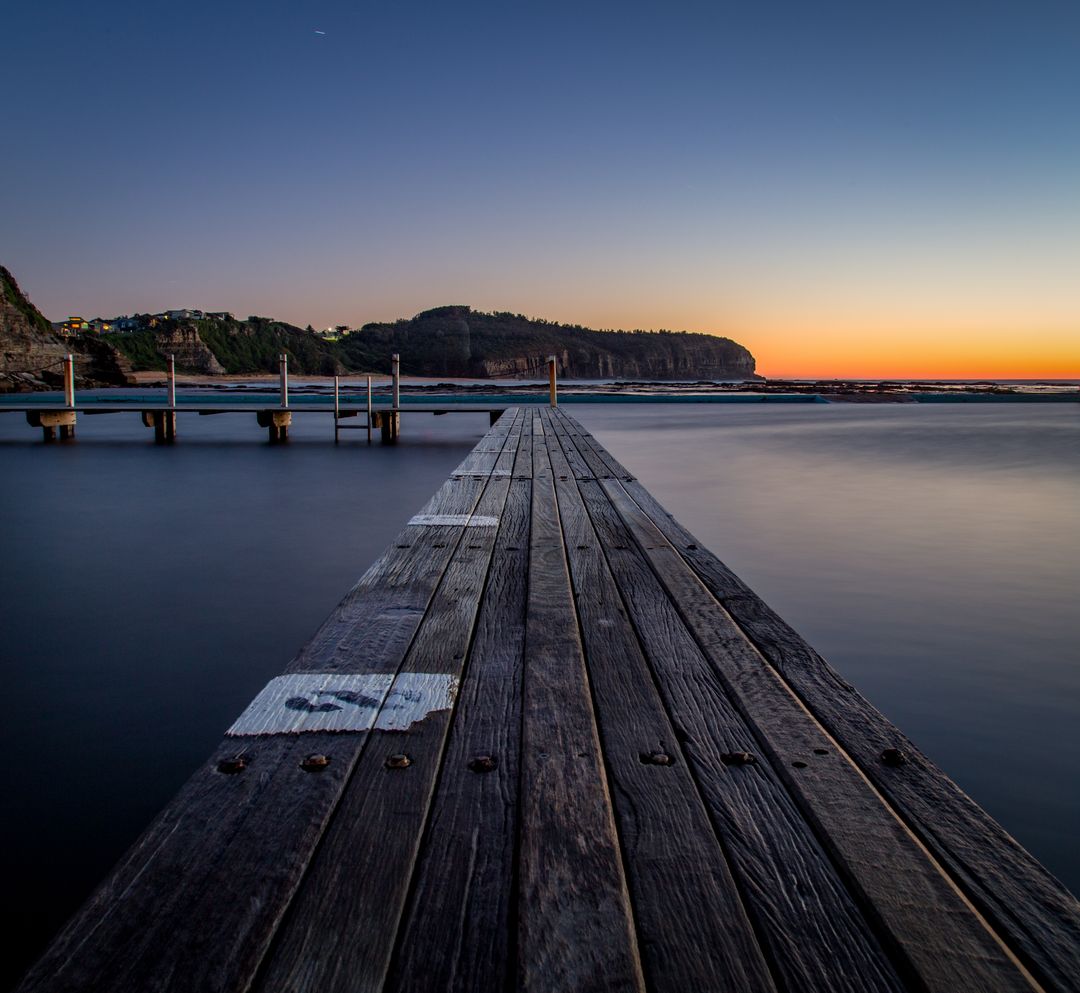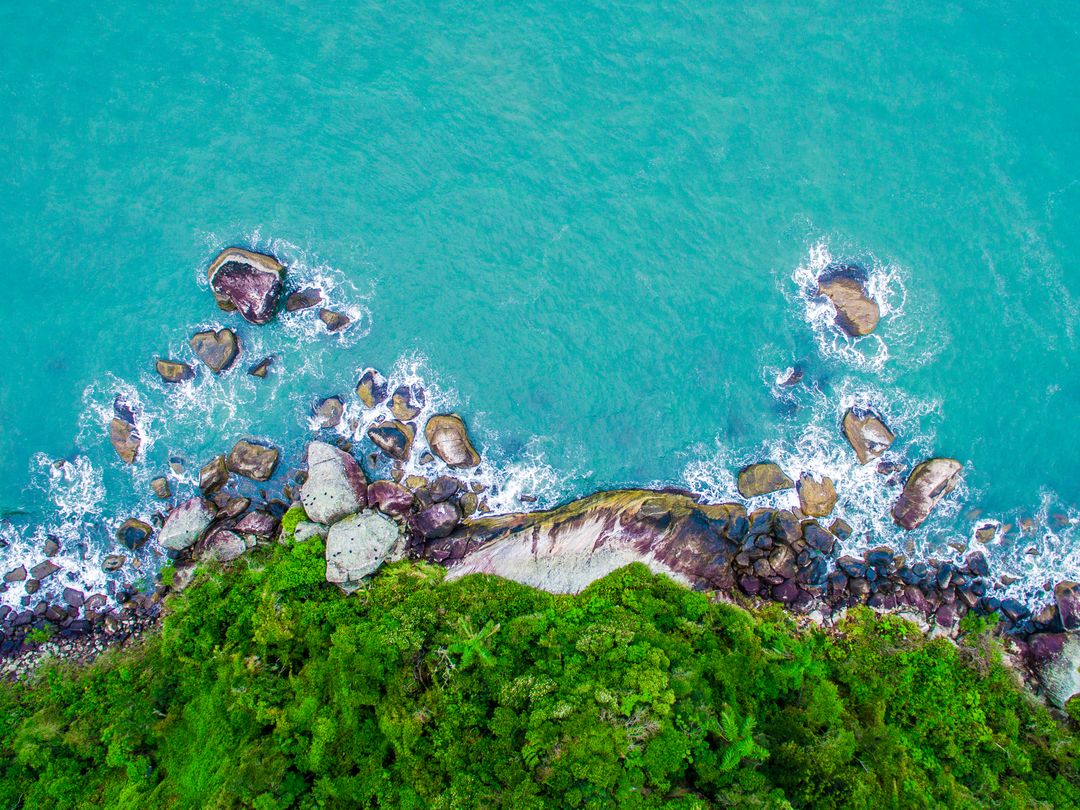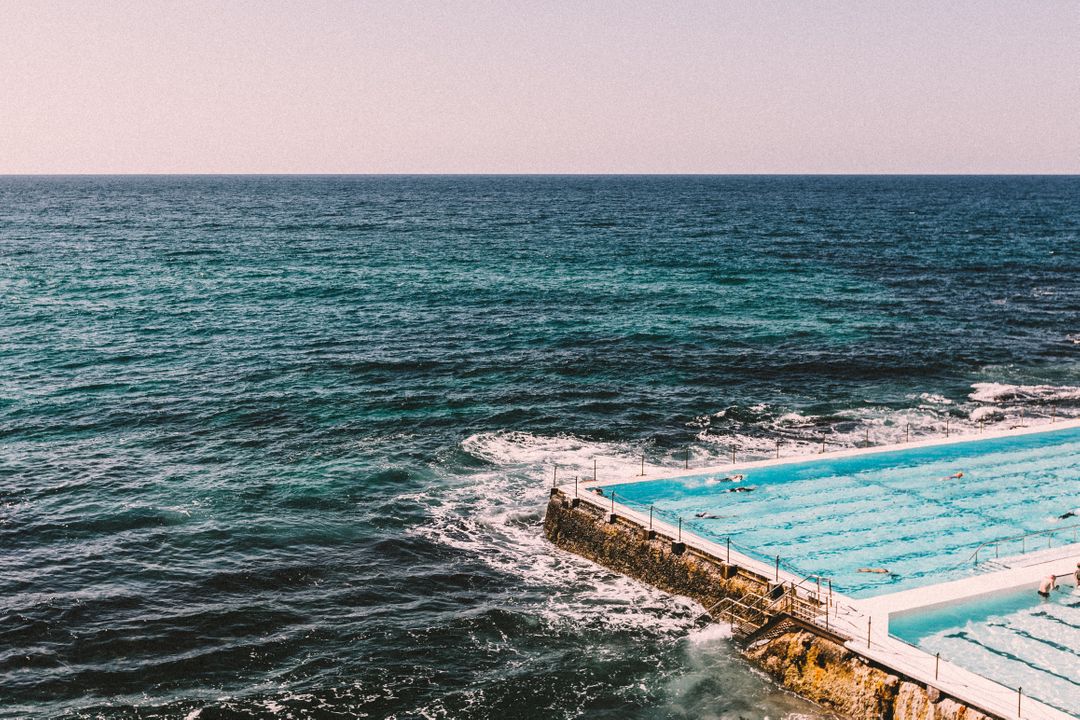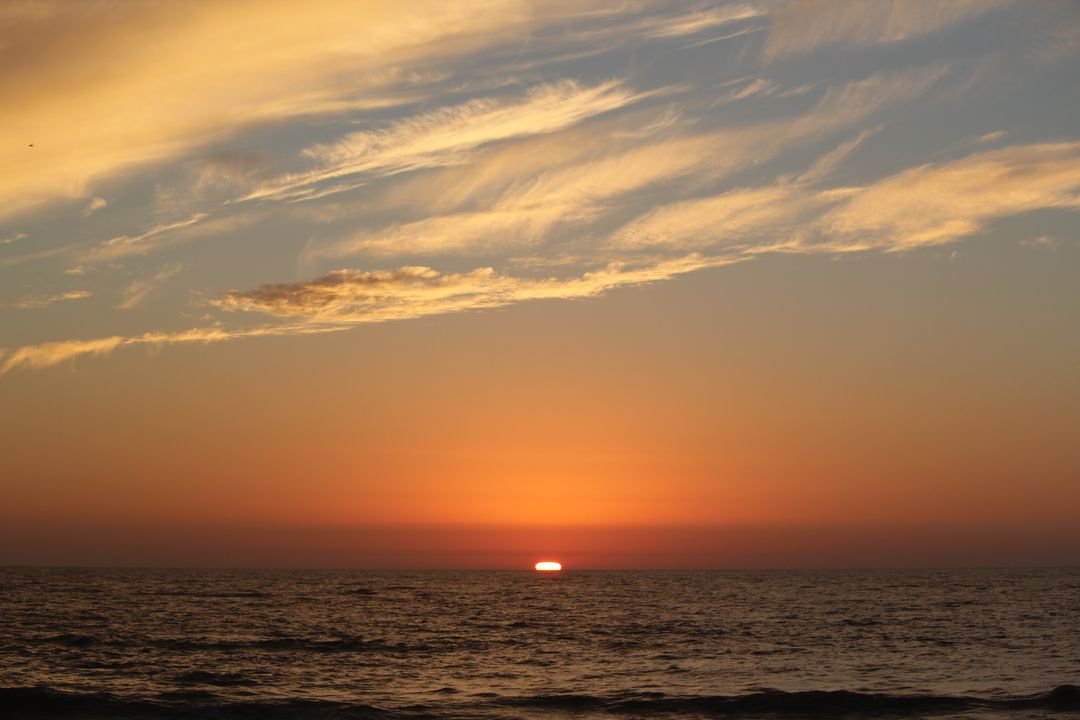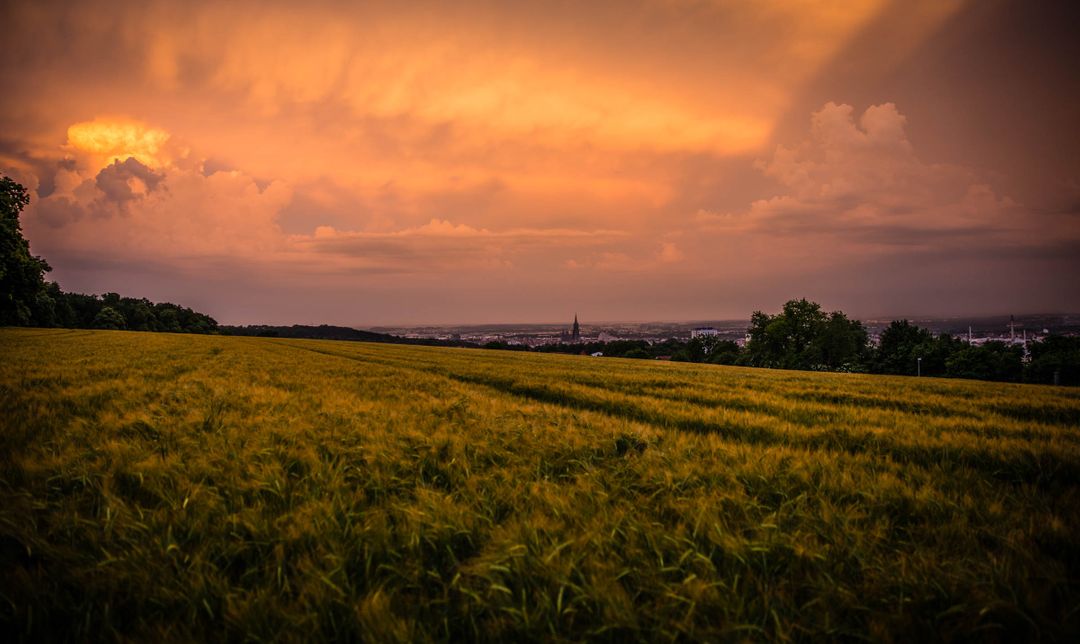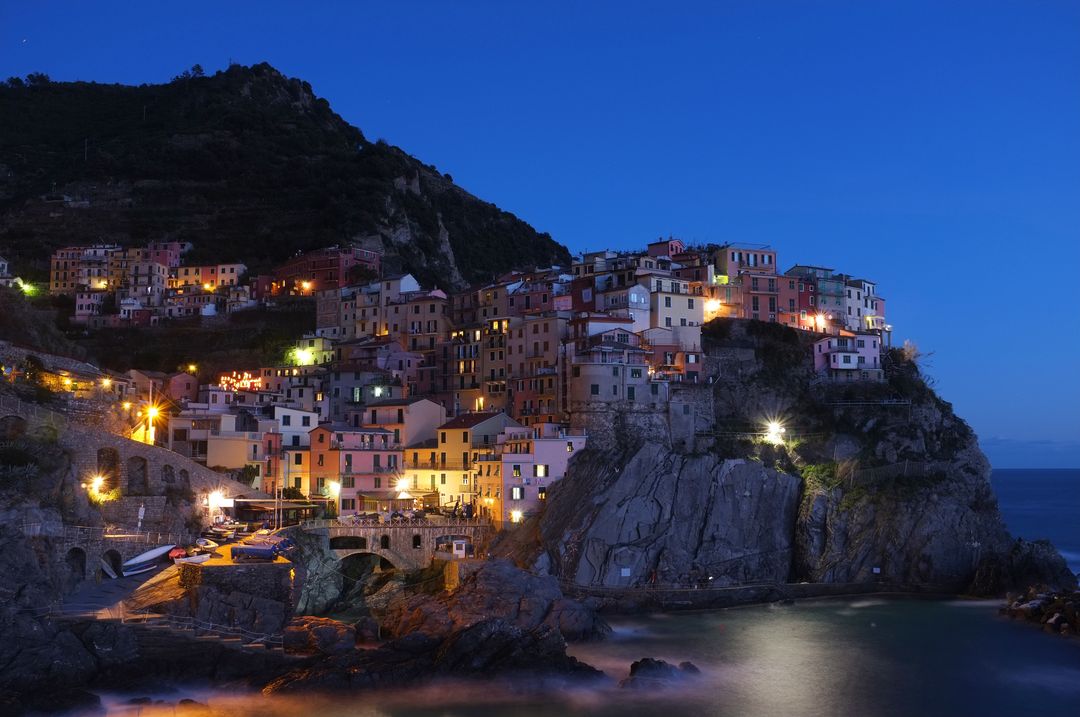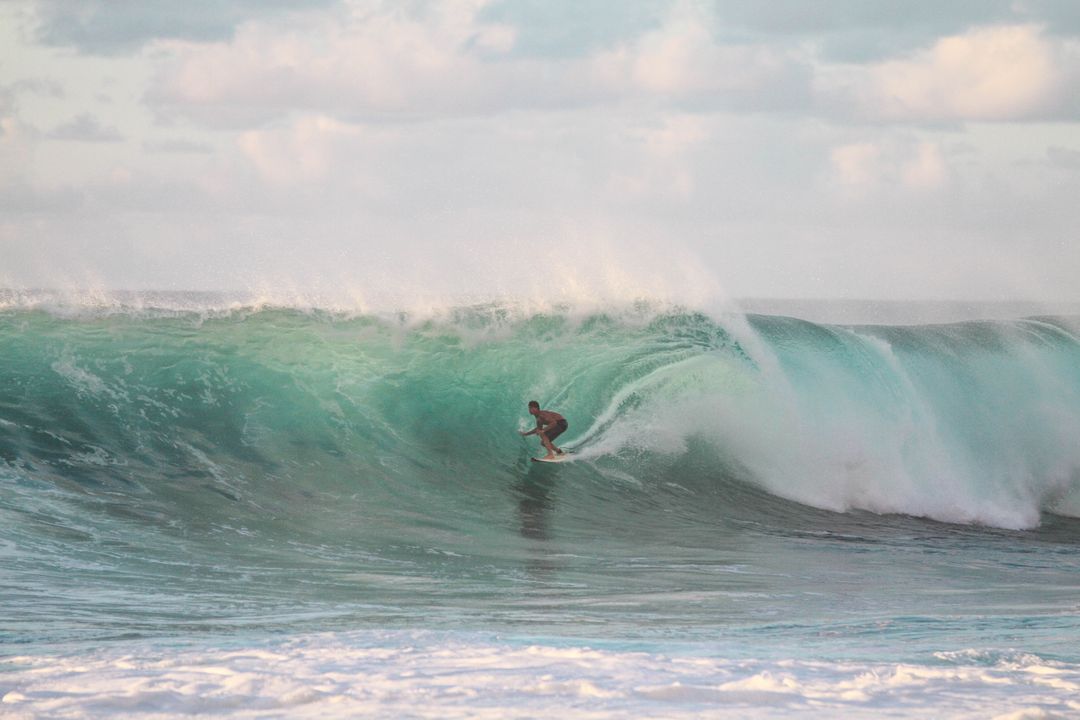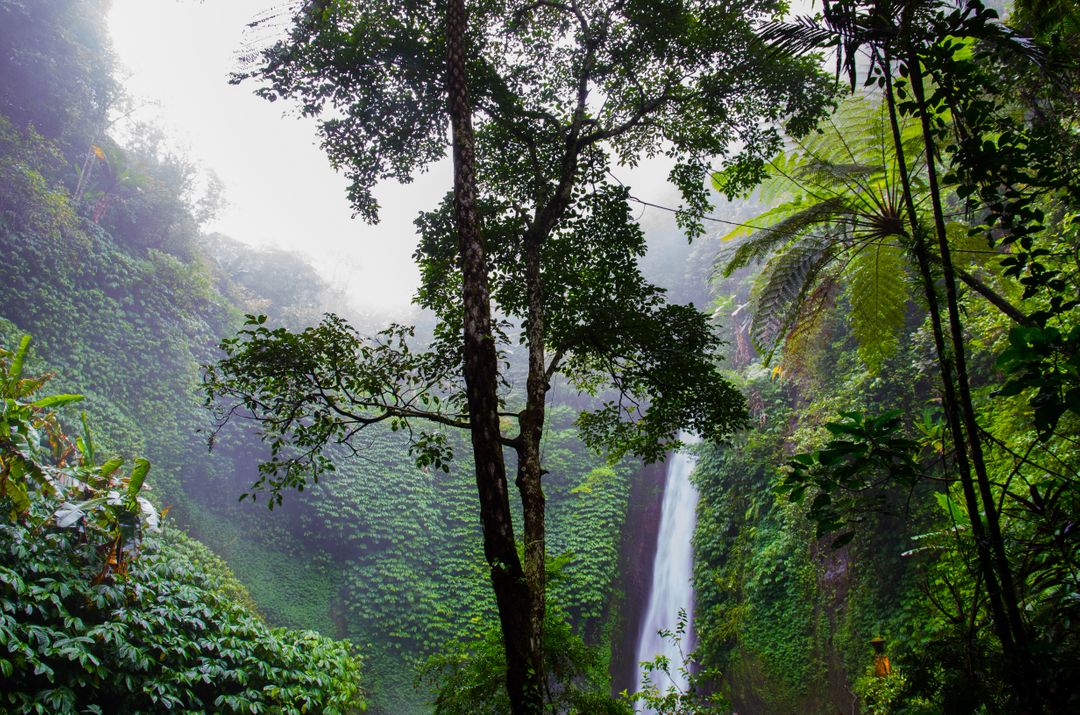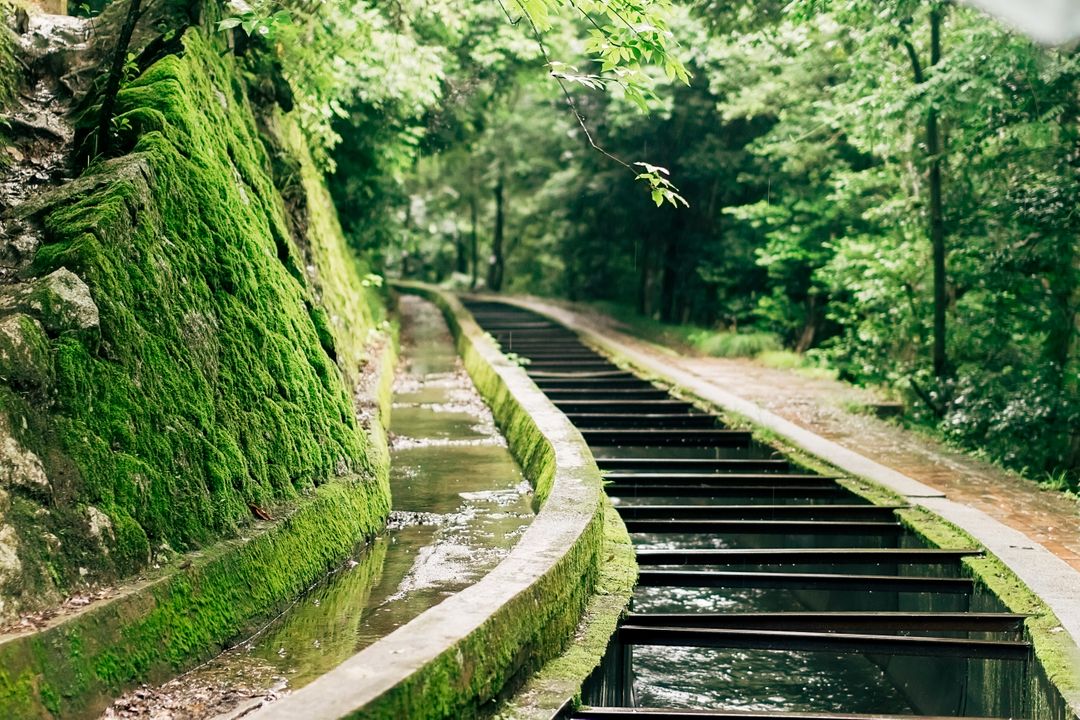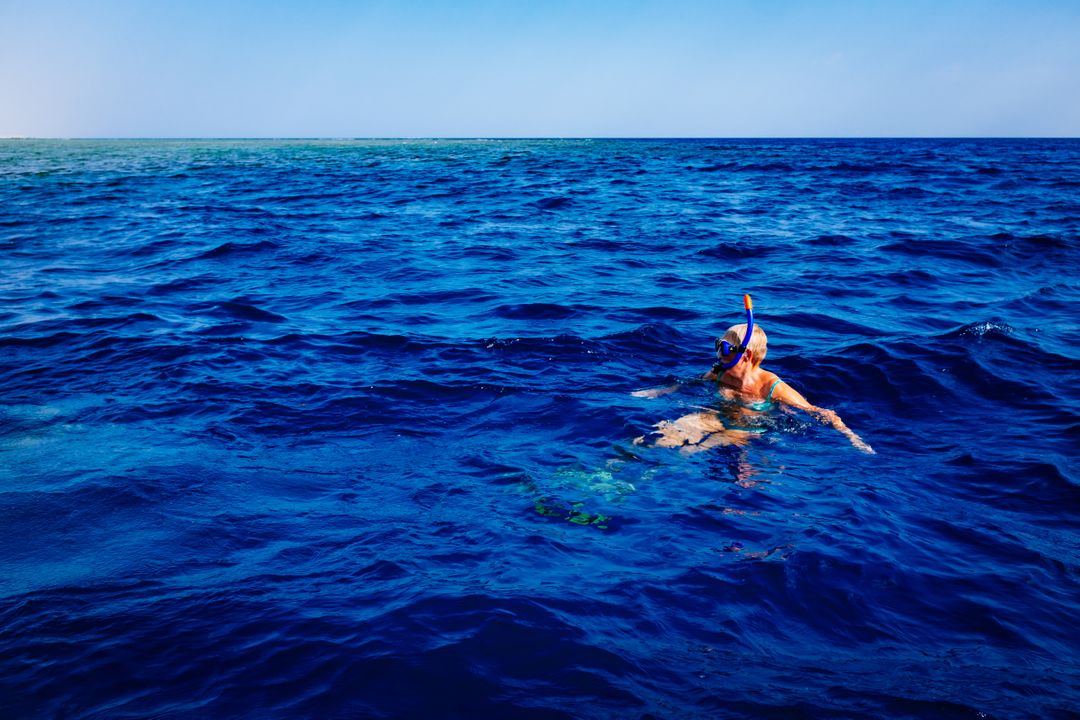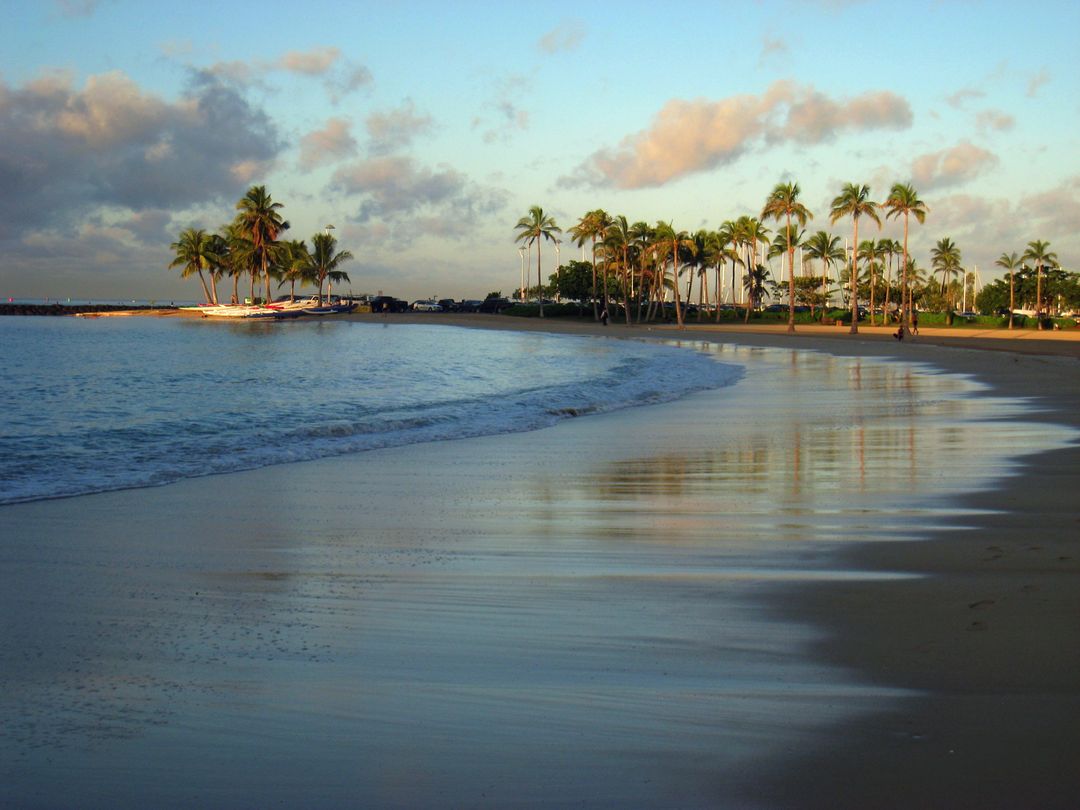Start a Travel Blog to Fuel Your Wanderlust
Travel blogging is a hugely popular subject that can generate a lot of traffic and potential revenue. Understanding how to start a travel blog can be very advantageous. It’s also a great way to showcase your journeys, connect with like-minded nomads and discover new and exciting destinations.
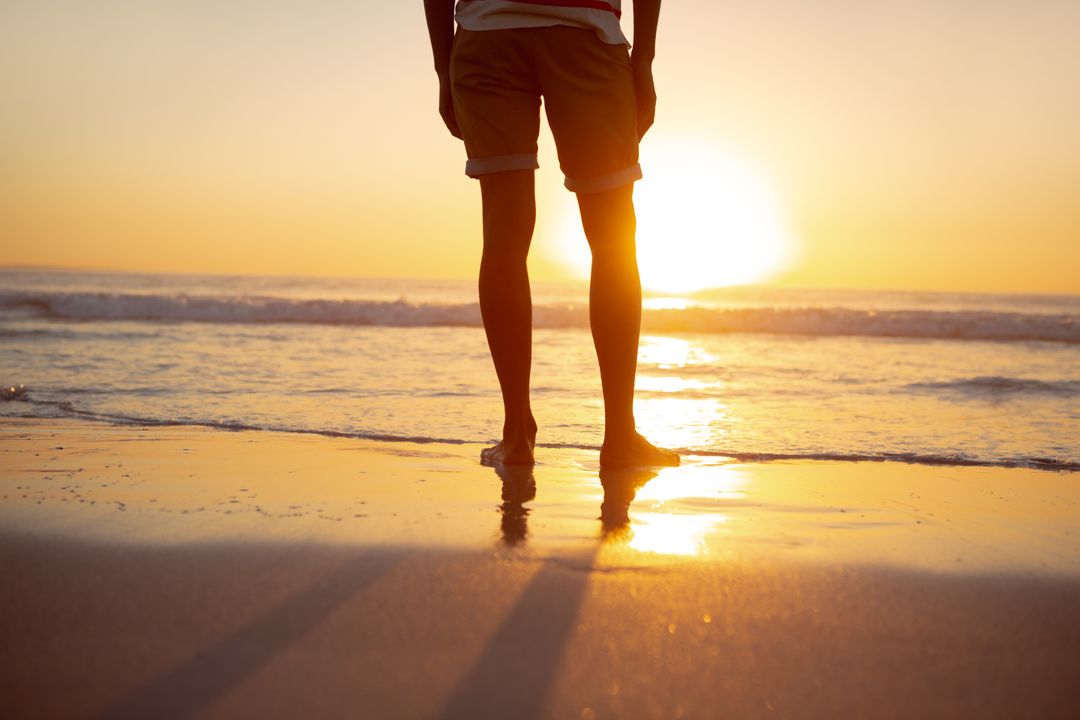
You only need to take a quick look around some of the best travel bloggers in the world to know that anyone can start a travel blog, but it takes special effort to make it a great blog. You should aim to inspire people with content creator they want to read. If that’s your aim, great, but know that it takes a lot of work before you can get your blog looking like Migrationology, BlackVoyageurs, BeMyTravelMuse, or yTravelBlog.
If you think the blog life’s for you, though, you might just do it anyway. If you think you’re up for the challenge, here’s how to start a travel blog - we’re going to guide you through it, one step at a time!


